
In the 2000s, Lowe’s started to expand rapidly across the United States. They surpassed 1000 stores in 2004, and in the last twenty years, they have nearly doubled that number. However, as more locations are opened to drive the success for the company, others must be closed for the very same reason.
Lowe’s first opened its doors in 1921 in North Wilkesboro, North Carolina. In over one hundred years, the franchise has evolved from a single hardware store to over 1700 across the United States. The company has a market share of over $120 billion, allowing them to make bold strategic moves in the name of innovation.
A Hardware Giant
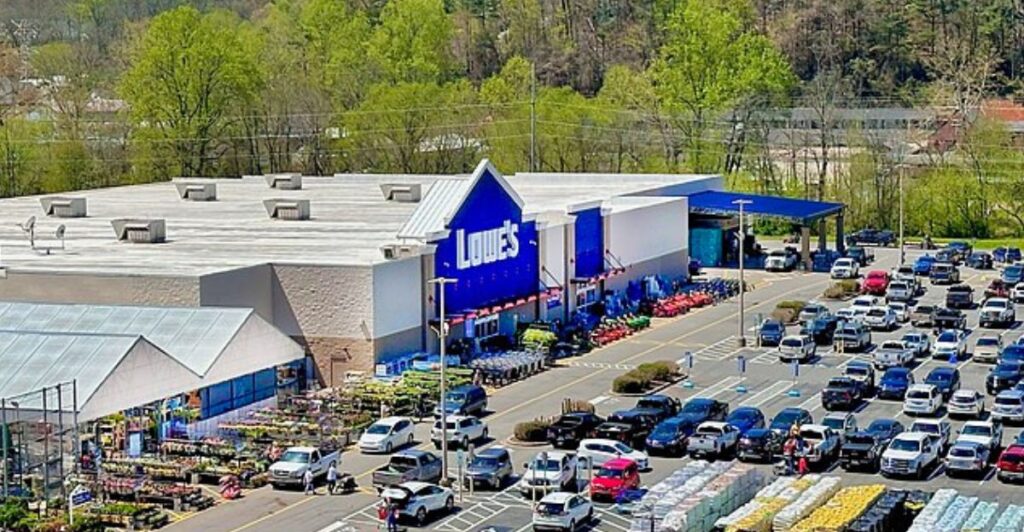
Lowe’s has an amazing brand reputation. Loyal customers have known that their stores have been reliable since they watched their fathers walk inside as children. This has fostered an intergenerational loyalty that keeps people coming back.
Historically, Lowe’s customer-focused approach, as well as its wide variety of home improvement items at competitive prices, is the reason behind them being such a hardware giant. However, in a rapidly changing world, they have decided to focus on other markets.
Store Closures
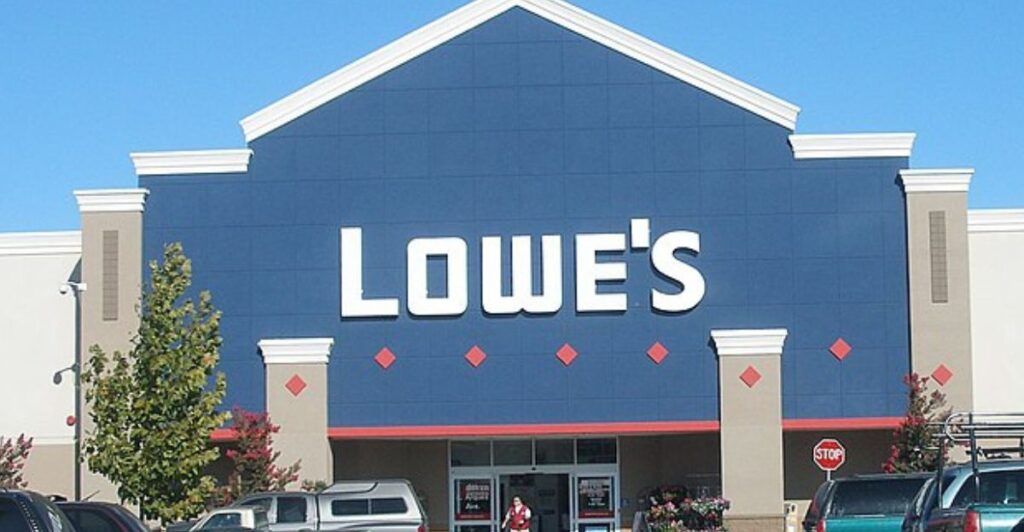
Lowe’s closes stores that are not performing as well as they should. It only closes locations that do not meet quotas or traffic benchmarks. The closures are a strategic decision to streamline operations and reduce costs.
Lowe’s has historically closed many stores in an effort to maximize resource expenditure. Resources will be reprioritized toward contractor services in a massive pivot to break out into a different market as retail environments evolve.
Canadian Exit
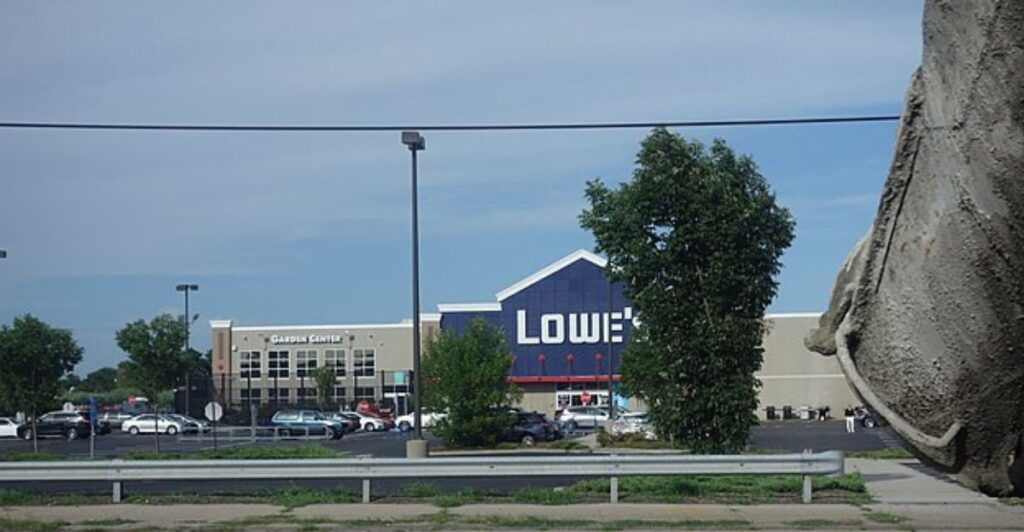
Lowe’s once had a foothold in Canada, but after years of unsatisfying performance, the franchise decided to leave the country in 2023. Stores were sold or rebranded under new ownership, which marked the end of foreign pursuits for the company.
This was a strategic retreat that left Lowe’s to reprioritize assets and focus solely on the American market and further hone their specialty in a domestic and familiar market. With resources pivoted away from foreign investment and back into the U.S. based franchise, Lowe’s could strengthen their competitive position domestically.
Historical Closures
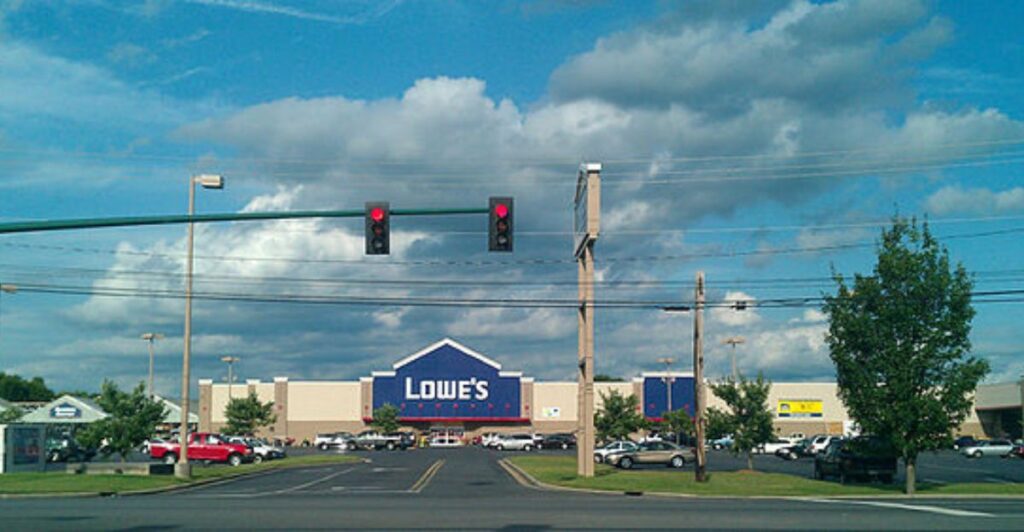
One of the biggest waves of store closures happened in 2018 when Lowe’s closed 20 stores in the United States and 31 in Canada. These locations were underperforming and had overlapping territory. Profitability would be improved with more resources going towards other stores, creating more operational efficiency.
Over the years, Lowe’s has targeted stores on a case-by-case basis, making closures to ones deemed unsatisfactory. This Easter Sunday will mark the largest store closure, albeit temporarily, in the history of the franchise.
Community And Employee Impact

The strategic closure of stores affects both employees and many local communities. Store employees whose store closes are provided with appropriate compensation, such as severence packages, job placement, or internal transfers to new stores where possible.
Many of the store closures that Lowe’s makes are because of other stores nearby. In this case, the community isn’t negatively impacted as another store is normally right around the corner. The future of shopping is rapidly changing, and many customers may prefer to order online anyway.
Industry Trends
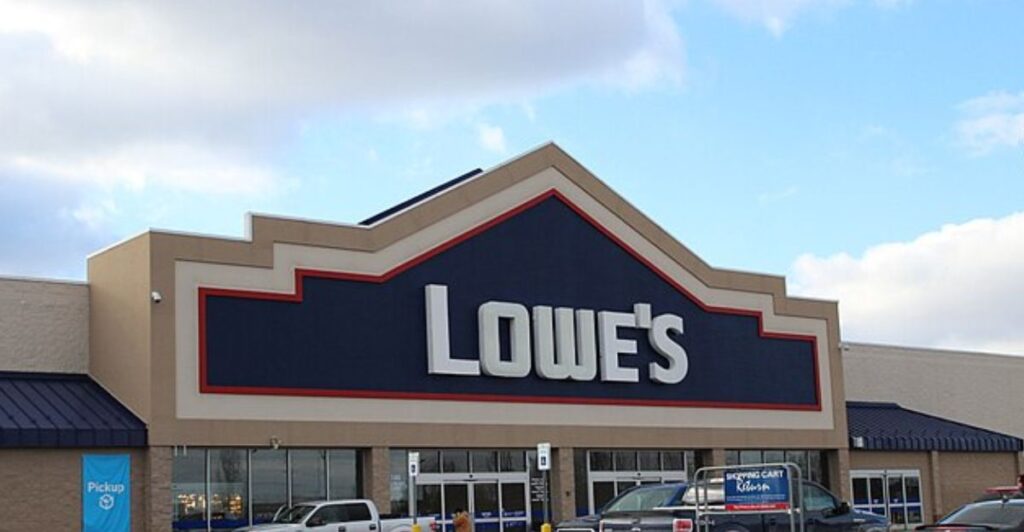
The home improvement retail sector has significant challenges like less store traffic, labor costs increasing, and e-commerce gaining traction and starting to eclipse foot traffic. Online shopping is increasing in popularity as people are preferring to get their items delivered from the comfort of their own homes.
Lowe’s closures and investments in digital services are direct responses to these trends. Lowe’s is trying to focus on efficiency and innovation to help compete against their biggest rivals like Home Depot and Amazon.
The Biggest Closure To Date
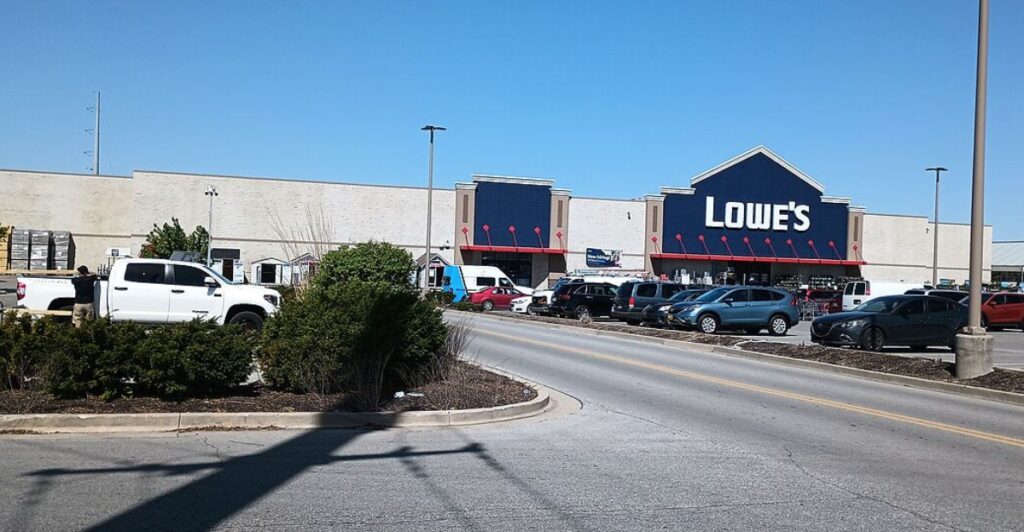
Lowe’s has announced that 1,751 stores will close on April 20, 2025. This is to allow employees to take time off to celebrate Easter and be with their families. It is a paid-for holiday for the entire workforce, which should have a positive impact on morale.
This one-day shutdown could be misconstrued as a permanent closure, but Lowe’s only plans to shut down every store for the benefit of employees. This closure showcases Lowe’s commitment to employee well-being when the labor market is getting tighter and retail is becoming more competitive.
Implications Of The Closure
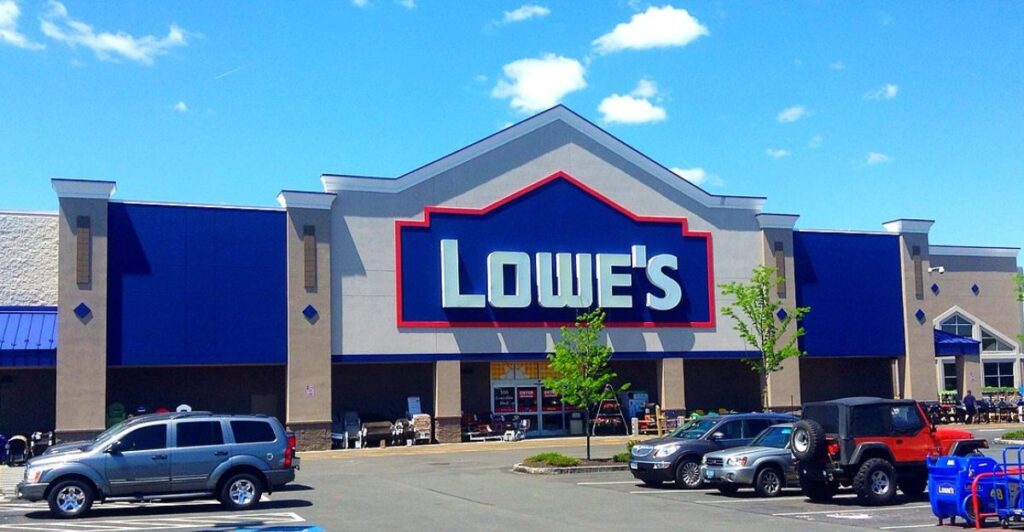
Although the closure of all storefronts is a good sign of healthy and ethical work attitudes, there are implications. Even though it is just for one day, there will be no revenue across 1,751 locations. Thankfully, this has been planned for, and Easter Sunday projections were not especially high, which means the loss in revenue would be manageable.
The biggest concern is not a loss of revenue but rather customers making a pivot to other stores on the day that are open, such as Home Depot. This could cause minor market share shifts, but these impacts have been outweighed by the benefits of workforce satisfaction and brand reputation.
Breaking Into A New Market
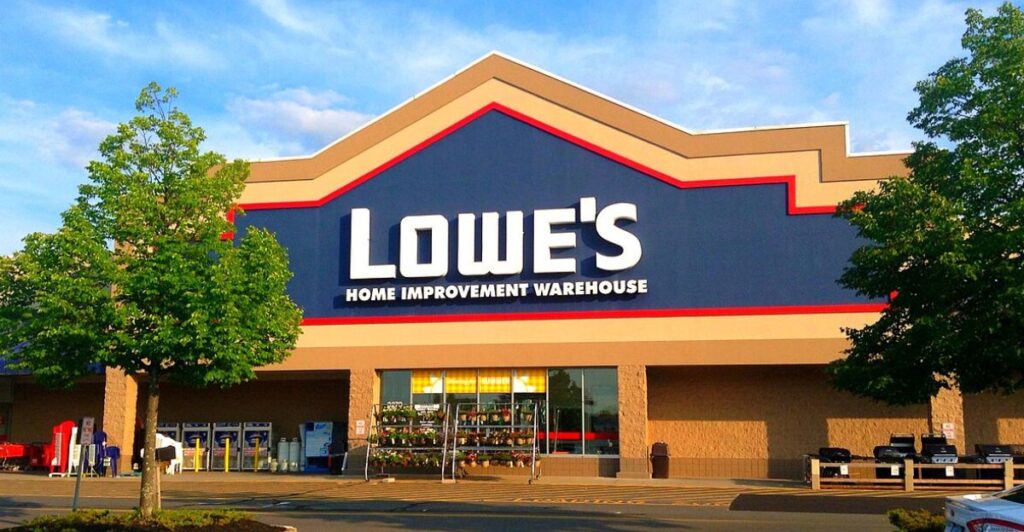
Lowe’s has been a provider of hardware essentials for a century and has has long-standing competitors like Home Depot and Amazon. This competition and a variety of other factors has made them look to other industries in order to keep thriving.
The company is looking to break into a new market. They are looking at more than just providing home improvement essentials, but possibly selling directly to contractors and offering other services in the same market as well.
A Significant Shift
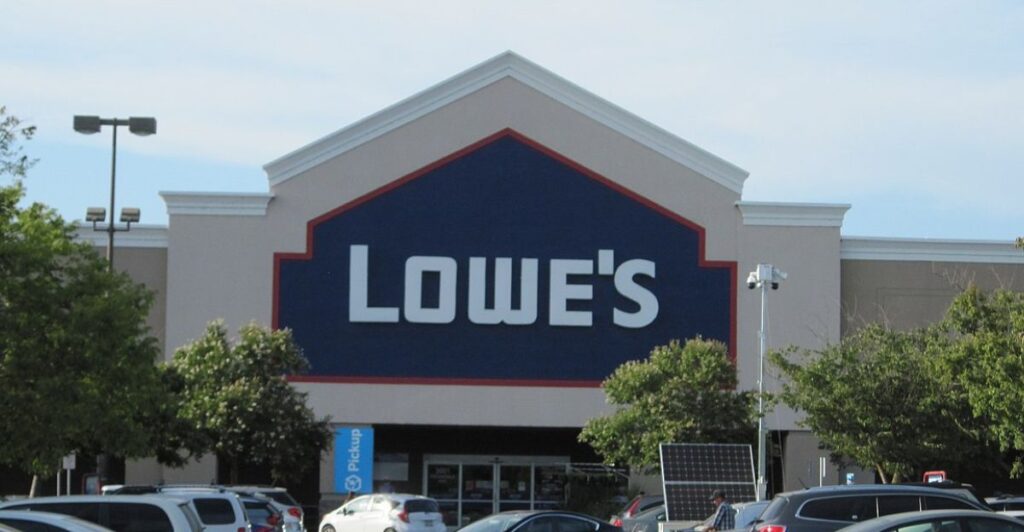
Lowe’s is undertaking a significant shift by pivoting toward gaining a foothold with contractors. This is complimented by them agreeing to purchase Artisan Design Group (ADG) which cost them $1.33 billion. The company aims to focus on professional contractors, especial medium-sized firms.
They are acquiring this group amidst store closures, which are both part of a strategy to optimize profitability, streamline operations, and better serve customers. Lowe’s aims to capture a larger part of the home improvement industry with these new pivots.
Acquiring Artisan Design Group
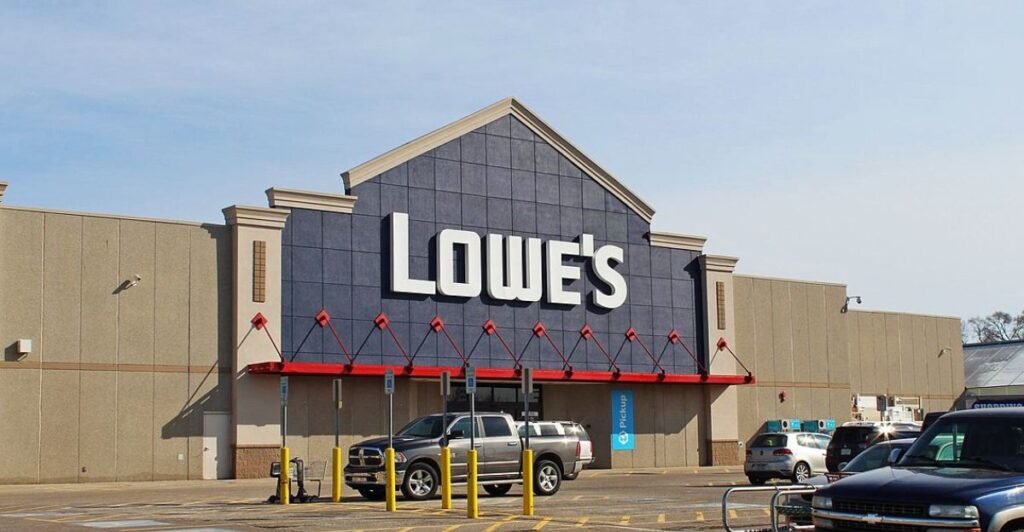
ADG is a leading distributor and installer of countertops, cabinets, flooring, and other home improvement essentials. Lowe’s hopes that by buying the group they will break into the medium-sized contractor market.
ADG has $1.8 billion in revenue and has a network of over 3,000 installers – this deepens Lowe’s connections with contractors who manage larger projects but do not have the national supply chain resources. The deal should close in Q2 2025 and will help cement Lowe’s as a supplier for professional builders.
A New Target Market

Medium-sized contractors are going to become a new target market for Lowe’s, as it sees them as an underserved but important and lucrative segment. These contractors need readily available resources that are high-quality.
They also need a reliable way of delivering these items to them. With ADG’s distribution and installation expertise, these services could be integrated into Lowe’s already accomplished arsenal. These contractors can be offered tailored solutions, which will encourage loyalty.
Digital Integration
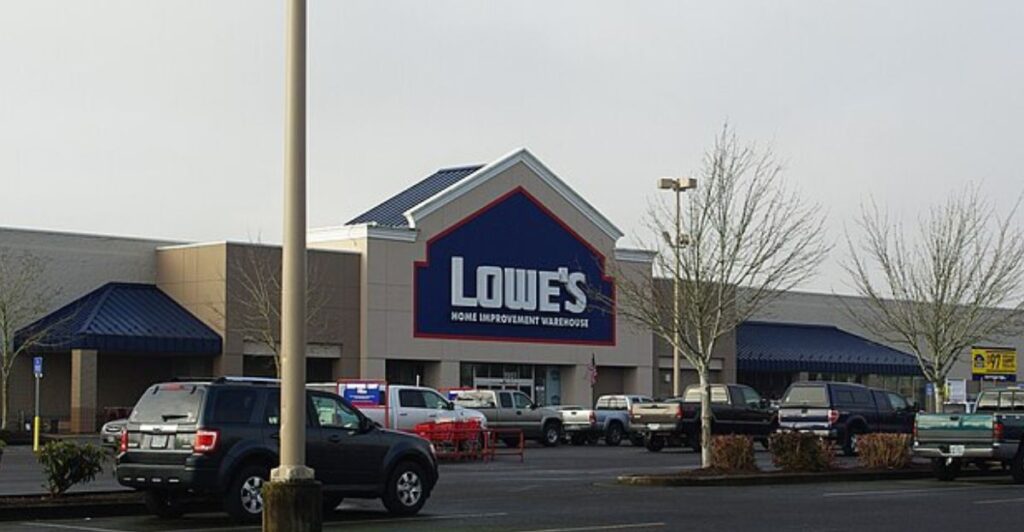
Lowe’s is looking towards e-commerce and omnichannel capabilities and investing in them to meet expectation from both customers and contractors. There is going to be a wide expansion to online ordering capabilities, curbside pickup, and delivery options as they anticipate more traffic in those areas.
If they can seamlessly integrate these services with physical stores, it will create a welcoming shopping experience. These digital integrations and resource allocation would allow the franchise to give customers a better shopping experience, reducing reliance on physical store traffic and helping them compete with similar online stores.
The $50 Billion Pro Market

The $50 Billion Professional Market shows the total spending by builders, remodelers, and property managers on construction materials and home improvement services. This market could offer a more stable and sustainable source of revenue to Lowe’s as people in this segment are less-price sensitive and more loyal.
ADG’s acquisition will allow the company a larger share of this market and put it in a greater position. They could help provide services like integrated design, distribution, and installation.
A New Strategy For 2025

Lowe’s strategy for 2025 is to get into the “Professional Market.” Their biggest way of doing this is making their services tailored for professional contractors and optimizing their store network.
Instead of closing hundreds of stores, Lowe’s is reprioritizing their resources, only closing underperforming ones and reinvesting in locations that have high Pro demand. This pivot is in the hopes that their stores are better equipped to take on the Pro market with the proper inventory, staff, and services offered to appeal to specific contractors.
Artisan Design Group’s Role in Contractor Expansion
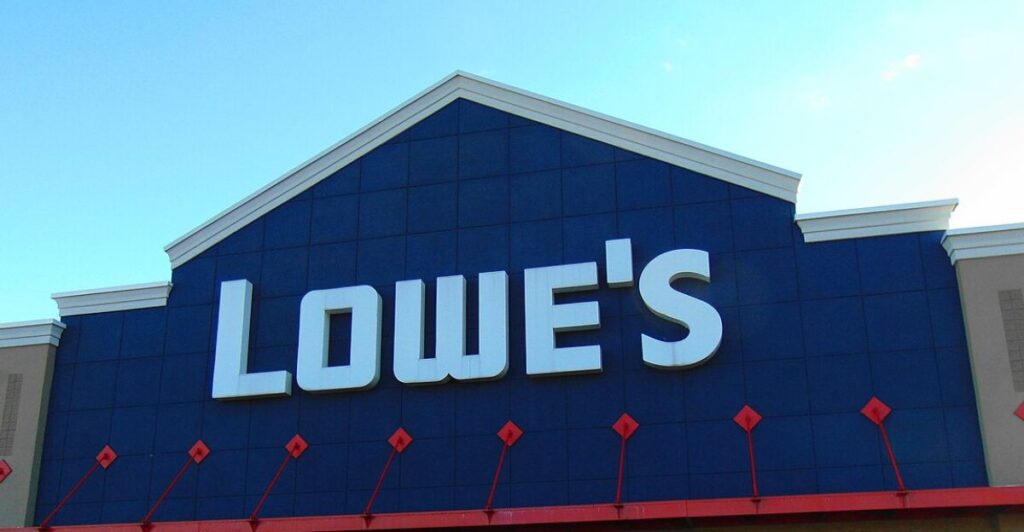
With ADG’s acquisition in the works, Lowe’s is showing their hand as it looks to enable expansion beyond traditional retail into design, distribution, and installation services. Historically, Lowe’s has only stayed as popular as they are now because of their adaptability.
The franchise expanded its reach and broke into the digital market in 1995, a whopping thirty years ago. These quick reactions and forward-thinking have kept them ahead in the past, and these new reaches into an unfamiliar market may hold the same results.
Potential Positive Impacts On Customers

Lowe’s increasing their reach into the Pro market has a number of implications on customers. Some of the positive implications are increased investments in the supply chain, job site delivery, and enhanced digital experiences.
Overall store efficiency could see an increase as a way to cater to more customers. Product availability could also increase. However, there are also negative implications as there becomes an increased focus on contractors.
Potential Negative Impacts On Customers

Loyal customers who have been going to Lowe’s for decades may not like the changes that will be undertaken to cater to the new market. Inventory may change slightly as more gets dedicated to bulk or specialty Pro products. This could lead to a smaller emphasis on DIY projects for individuals.
Longer wait times could also result as staff could be wrapped up helping larger contractor orders. If loyalty rewards, promotions, and store layouts start catering more to contractors, some customers may feel less valued.
A Balance is Needed
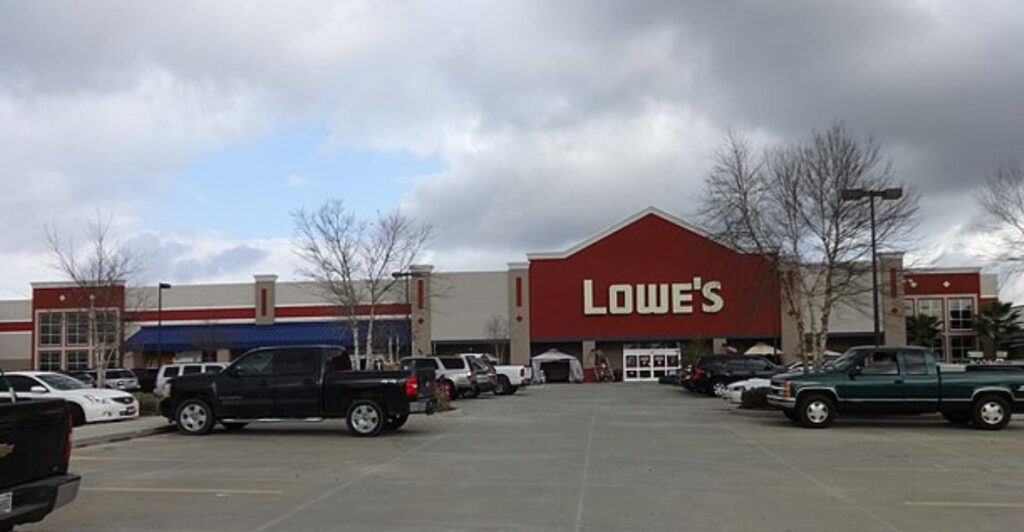
Additionally, MyLowe’s Pro Rewards is their Pro loyalty program and there are alleged plans for building on them. They could also expand digital catalogs and jobsite delivery that help contractors rather than their usual customers.
Breaking into a new market and changing does drive growth and profitability, but it could also alienate long-term customers of the franchise. A good balance to cater to both their old and new market is needed.
Discover more trending stories and Follow us to keep inspiration flowing to your feed!

Craving more home and lifestyle inspiration? Hit Follow to keep the creativity flowing, and let us know your thoughts in the comments below!
